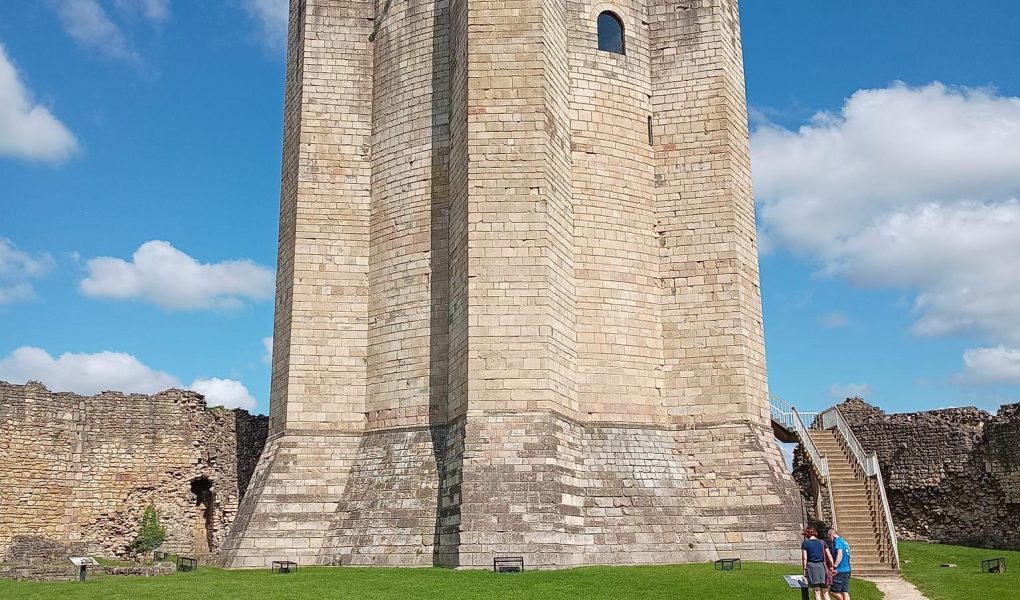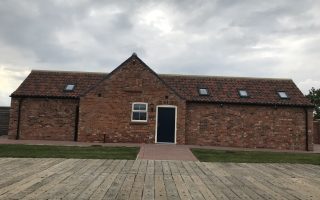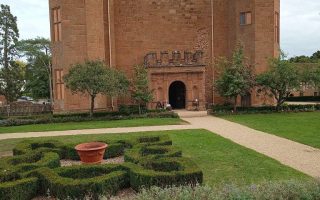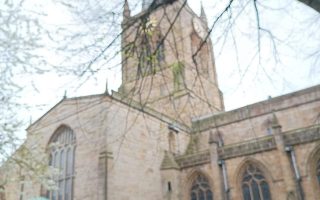Conisbrough Castle isn’t quite unique, but it’s a very rare design in England. Keeps are usually square, but Conisbrough has a polygonal or cylindrical design. The closest in style in the country is Orford Castle in Suffolk. It is certainly striking, and the white stone looks beautiful. Built in the 1170s or 80s, this picturesque ruin was the inspiration for the book Ivanhoe. But its history and that of the people who owned it could rival any novel.
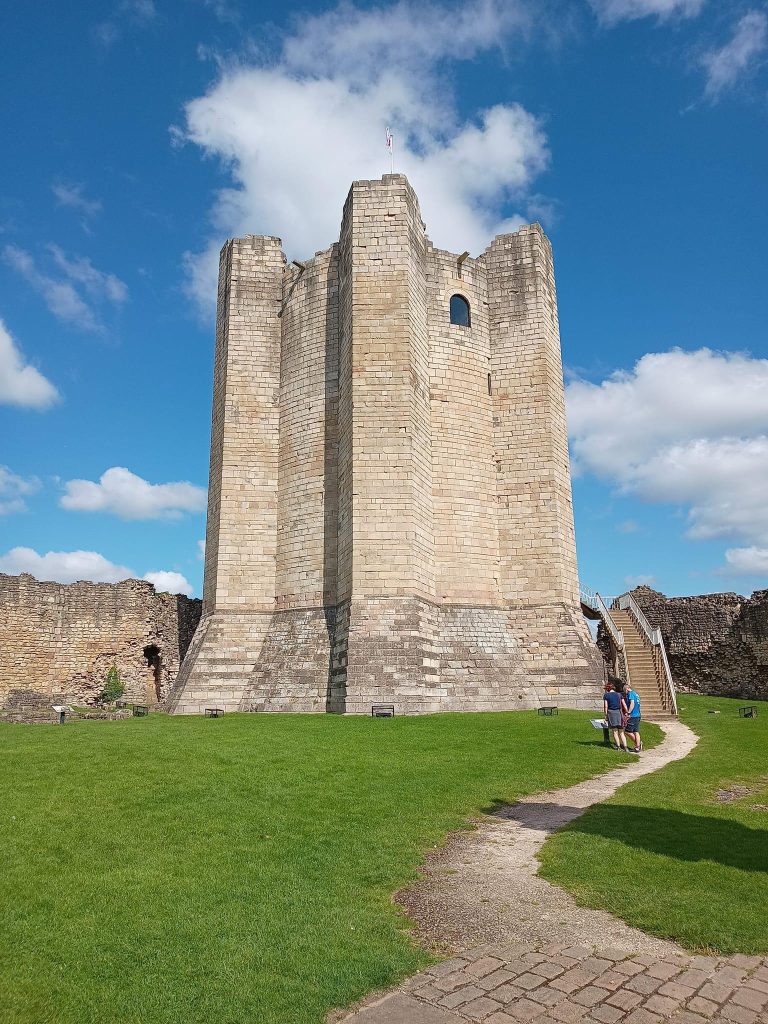
The lordship was granted by William the Conquerer, although the history of the village goes back much further than that. Although little is known about the history before the conquest, the church dates back to the 8th century and is the oldest standing building in South Yorkshire. Although a small village now, the evidence suggests that it was the most important place in South Yorkshire during the Saxon and Viking periods.
Following the conquest, the lordship of Conisbrough was given to William de Warrenne, along with other lands including in Norfolk and Sussex. He was raised to the position of Earl of Surrey. At the time, Conisbrough Castle was probably a wooden keep.
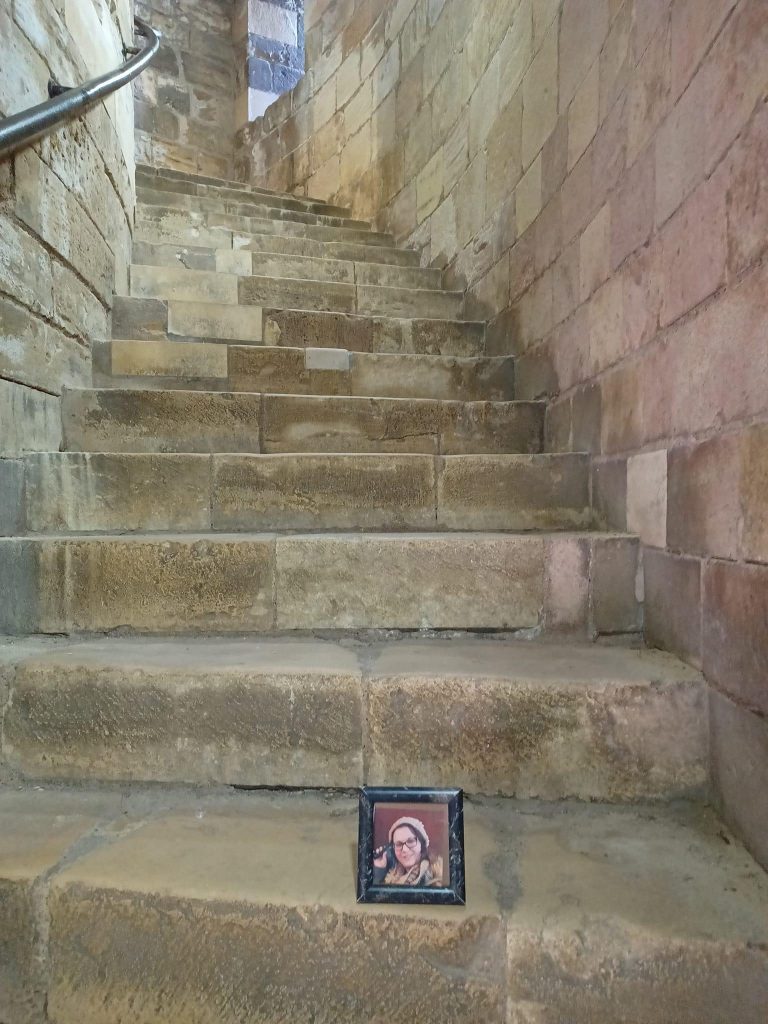
It wasn’t until the third Earl died with one child to inherit, that the castle came to be developed. The interesting part is that this heir was a daughter, Isabel. Isabel was the greatest heiress in England. Her first marriage was to King Stephen’s son. When he died childless, Henry II married her to his half brother, Hamelin. It is almost certainly Hamelin who built the striking keep. Isabel and Hamelin are believed to have visited Conisbrough Castle annually. Hamelin’s nephew, Prince, later King, John visited the castle.
The royal connection was also part of the last Earl’s ownership of the castle. He was married to Edward I’s granddaughter, Joan of Bar. It was not a happy marriage. She eventually left Conisbrough to live under the protection of Edward II. When the earl died without heirs, the castle reverted to the crown.
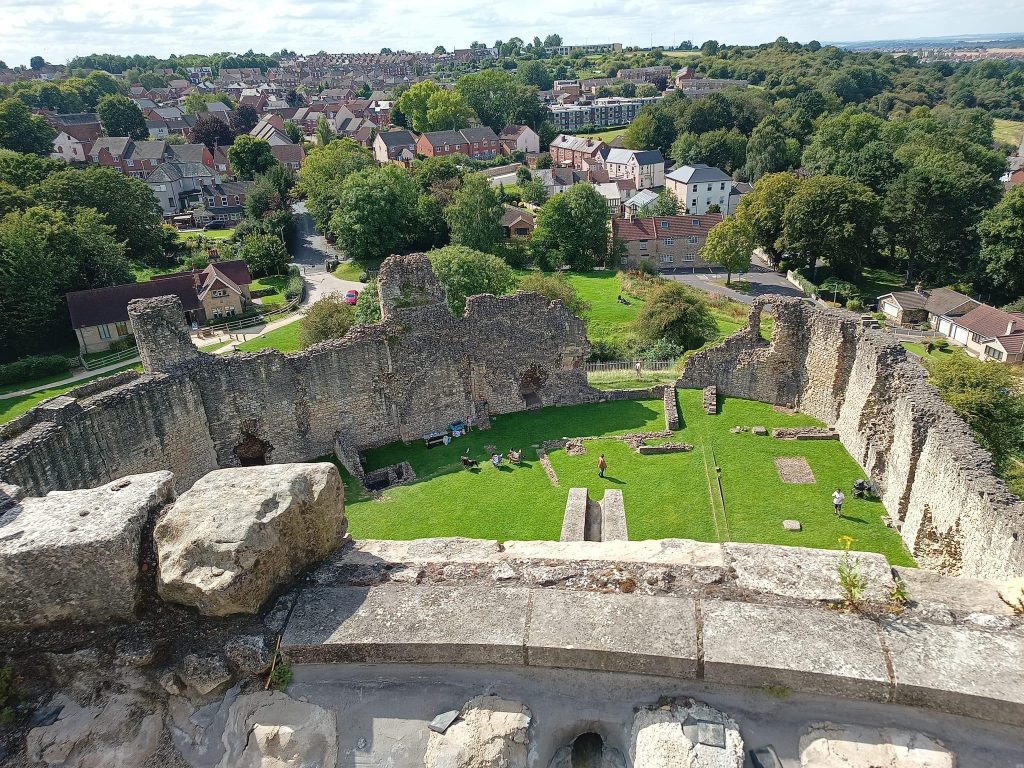
In a nice twist, the castle was given by Edward III to his fourth son, the Duke of York, who was the last Earl’s godson. Despite being their secondary residence, the House of York used the castle far more than the original owners and a great deal of development was done to the living quarters.
When he died, Conisbrough Castle was inherited by the Duke’s eldest son. His second son, Richard of Conisbrough, was left nothing, possibly due to doubts about his paternity. He lived at the castle as a tenant of his brother. Richard and a number of Yorkshire nobles plotted to assassinate Henry V at Conisbrough. The plot was discovered and Richard was executed. When his brother died without an heir, Richard’s son, also Richard, inherited the dukedom.
Richard became the third Duke of York and during the turbulent times of the War of the Roses, Richard became the leader of the Yorkists and contender for the crown. Richard lost his battle and was executed. Three months later, his son, Edward, defeated the Lancastrian army and ascended the throne as Edward IV.
By the late 15th century, the castle, despite having royal status, was abandoned and became a ruin. It passed into Tudor hands until Elizabeth I gave it to her cousin Lord Hunsdon. Over the years the castle continued to be part of the estates of nobility such as the Dukes of Leeds and the Earl of Yarlborough.
Despite being a ruin, it was picturesque and painted by many artists. On a journey to Doncaster, Sir Walter Scott saw the castle. He mistook it for an Anglo-saxon ruin and recreated it as Coningsburgh for his novel Ivanhoe.
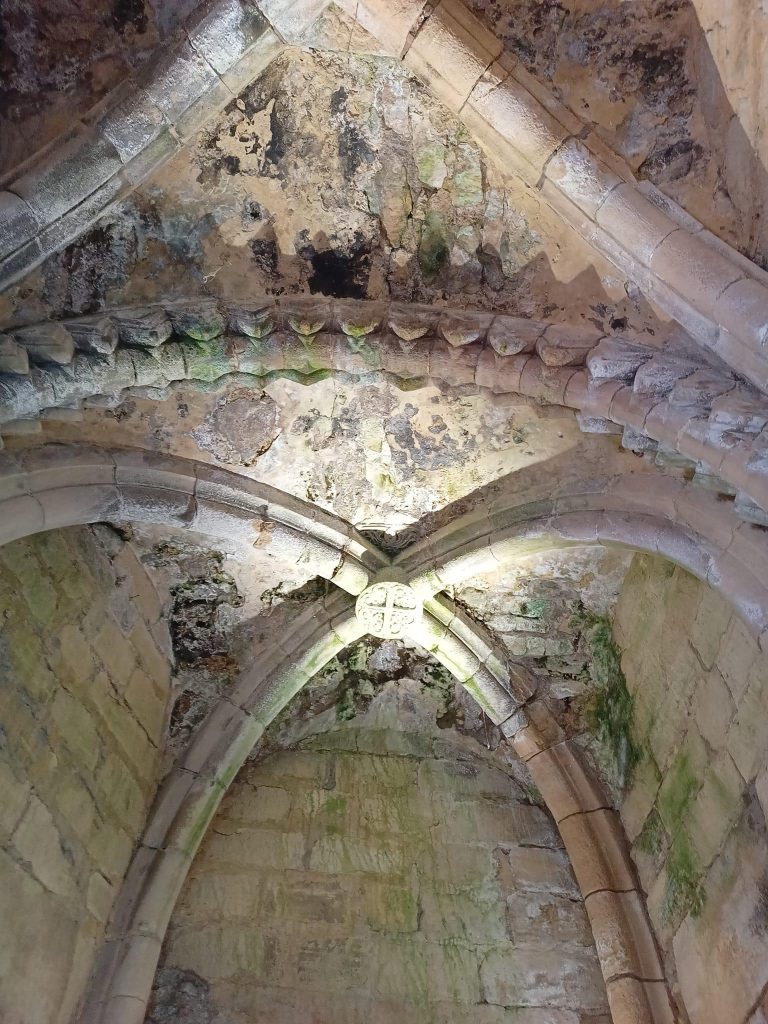
The castle is now in the care of English Heritage. It is a beautiful building. Seen in sunlight, the white stone almost gleams. The visitor centre has a small museum of finds from excavations around the castle and is certainly worth a visit before you wander up to the keep. The curtain wall has fallen down and there is very little left of the castle buildings, but let’s face it, the keep is the star of the show. It is a photographer’s dream.
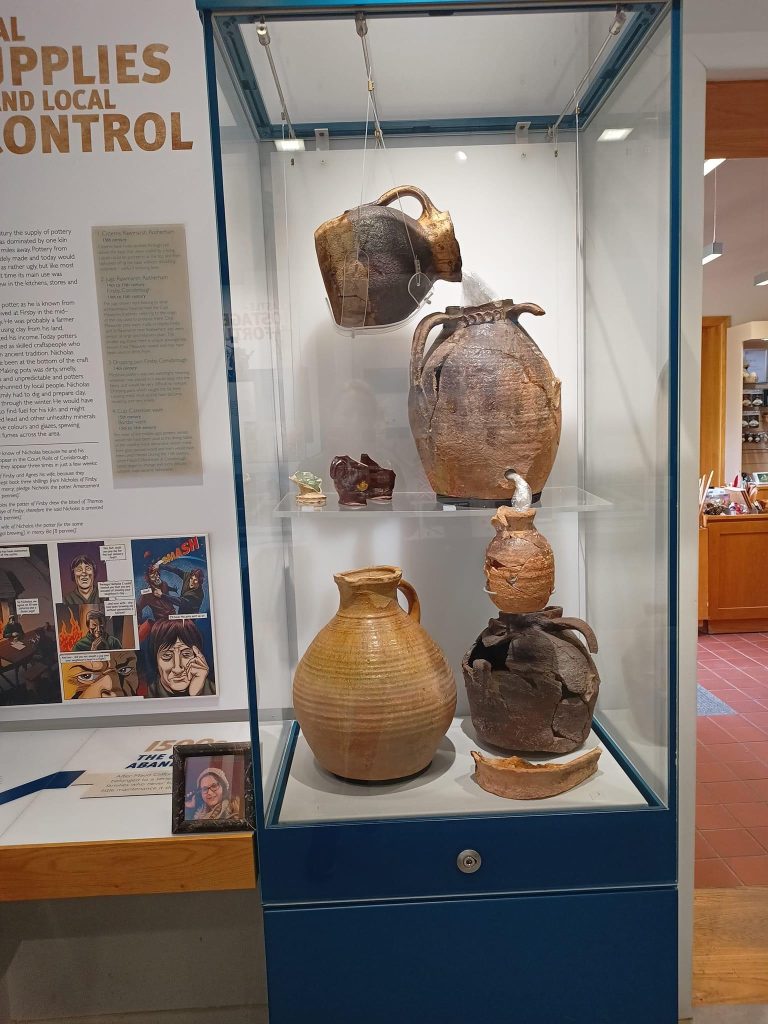
The stairway up to it is a bit of an eyesore, but the restoration inside is relatively sympathetic. What a lot of people don’t realise is that in most castles the keep is principally for defence and most of the living was in the outer buildings. When visiting the castle, the lord and lady actually stayed in the keep. They had separate floors though.
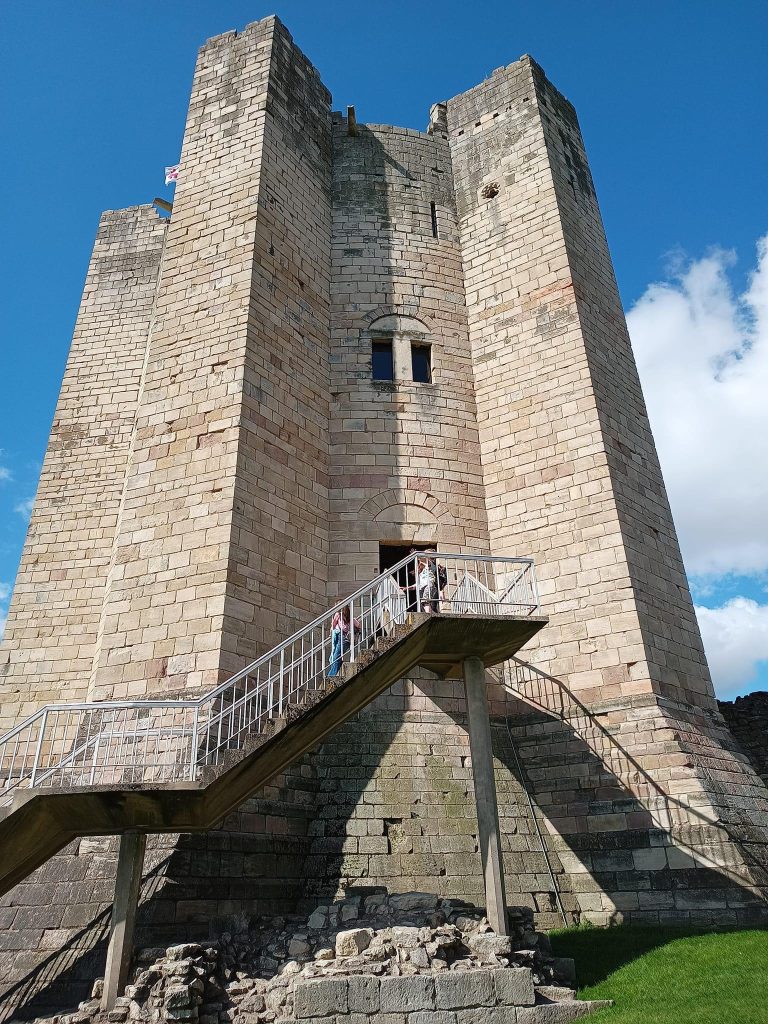
Although you climb stairs to enter, you start on what feels like the ground floor as the dungeon is beneath you. There are projected information pieces on each floor, an actor has been filmed playing the steward to give you a feel for what life was like for the castle inhabitants when the owners came to stay. Different films are on each floor.
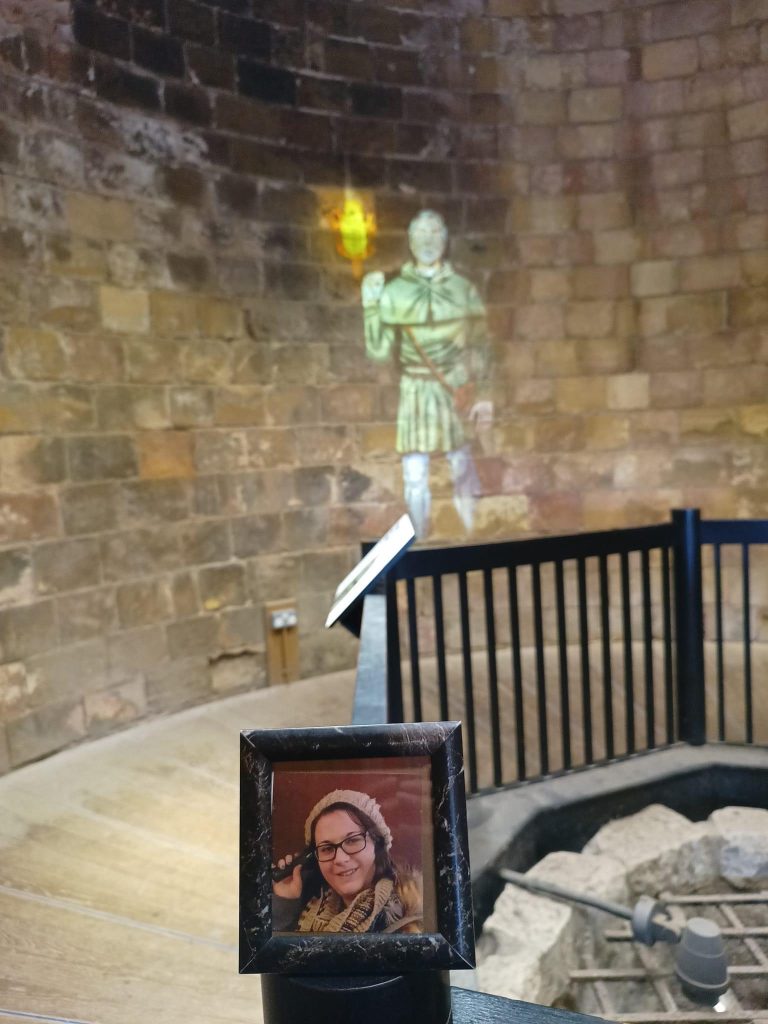
Very little has been done inside other than to put floors in. You appreciate just how thick the walls are when you realise that you are standing in a room within a wall. Which is why it seems so much smaller on the inside. You get some appreciation of the views you’ll see from the roof as you climb up. As with most castles, it’s built on the highest ground, and the views from the roof are quite stunning. Information boards tell you what you are seeing.
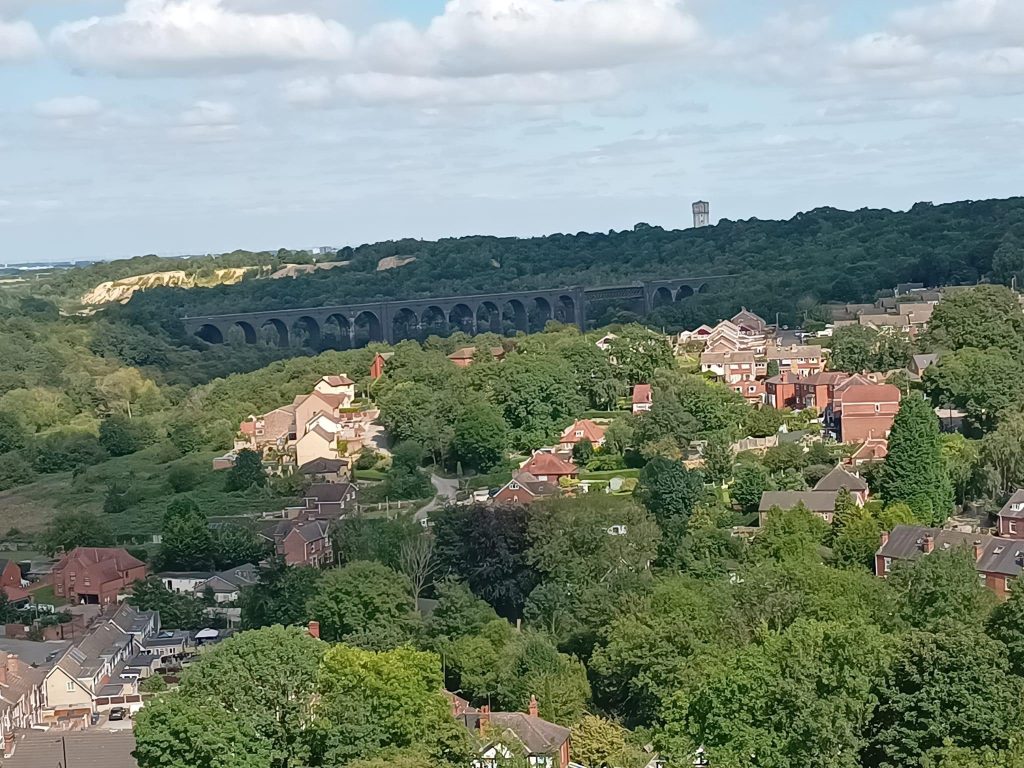
If you like romantic castles, this one should definitely make your list. You won’t see many quite like it. Children will love playing knights in the grounds and anyone with a camera on their phone will feel an irresistible urge to channel their inner photographer.

